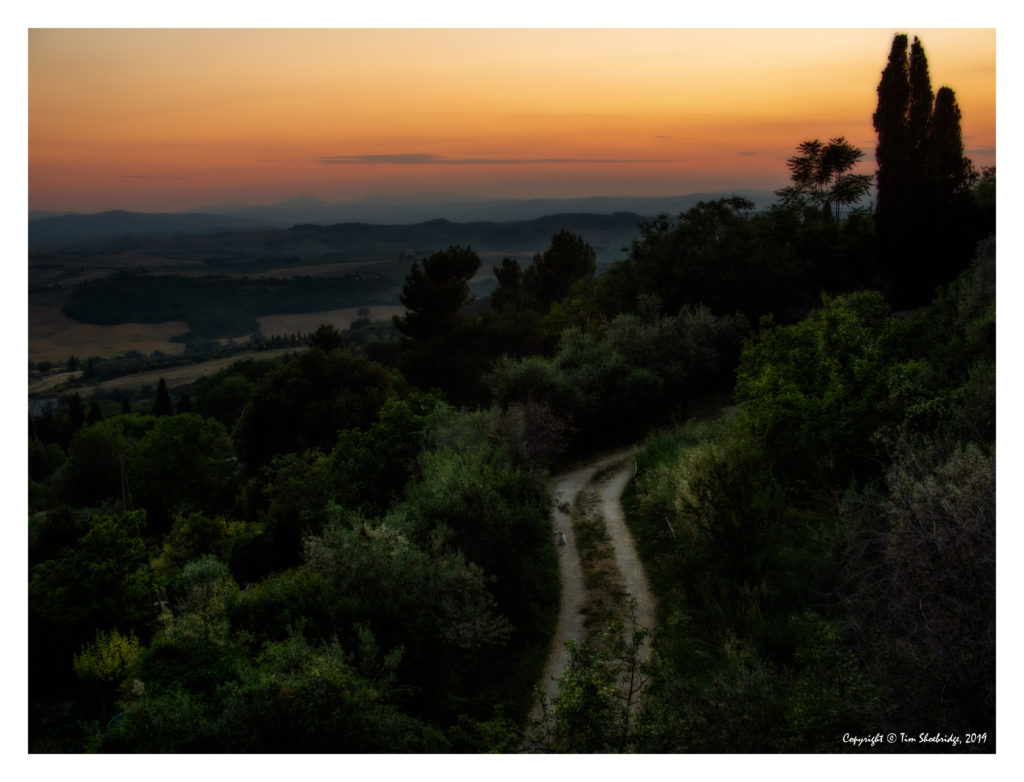Travel Camera Dilemmas
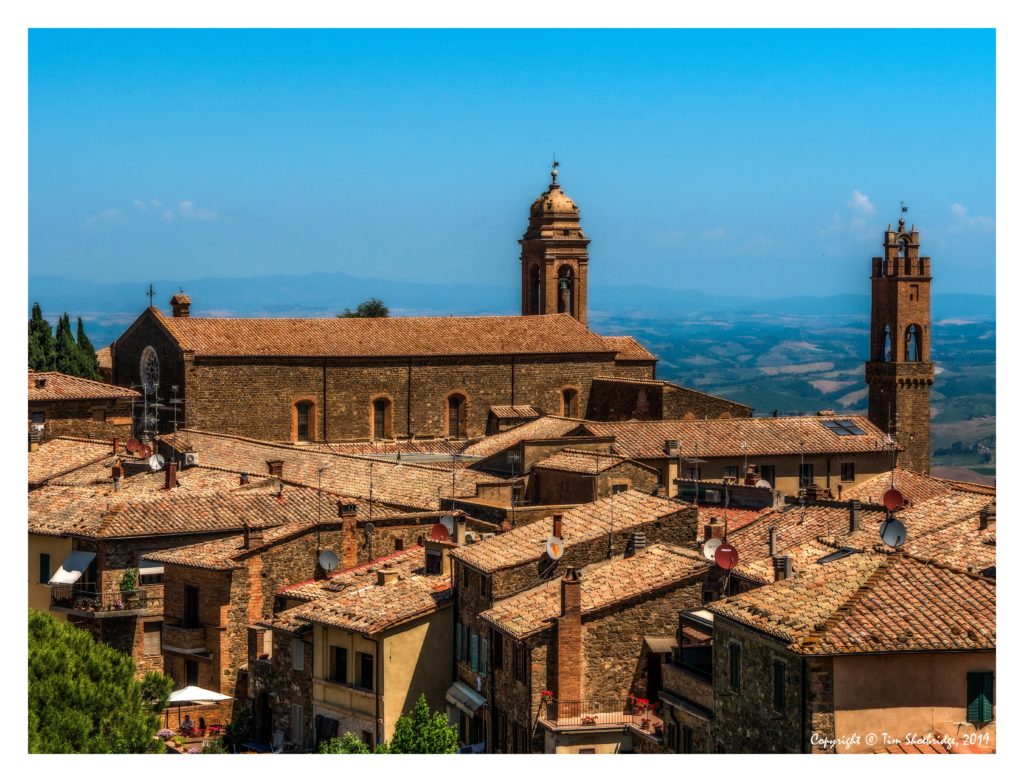
I had the opportunity of another trip to Tuscany in Italy this summer, and with that opportunity always comes deliberation over camera choice. It is hard enough thinking about stills photography, but when you are also considering video as well then your choices on camera gear can become overwhelming.
Last year I chose to take with me the Fujifilm X-H1, it’s a fantastic hybrid camera, capable of shooting both beautiful stills and video. I was very happy with my choice, I managed to take many good stills last year, but was so hypnotised with the beauty of the countryside that I concentrated on stills and ended up not shooting much video.
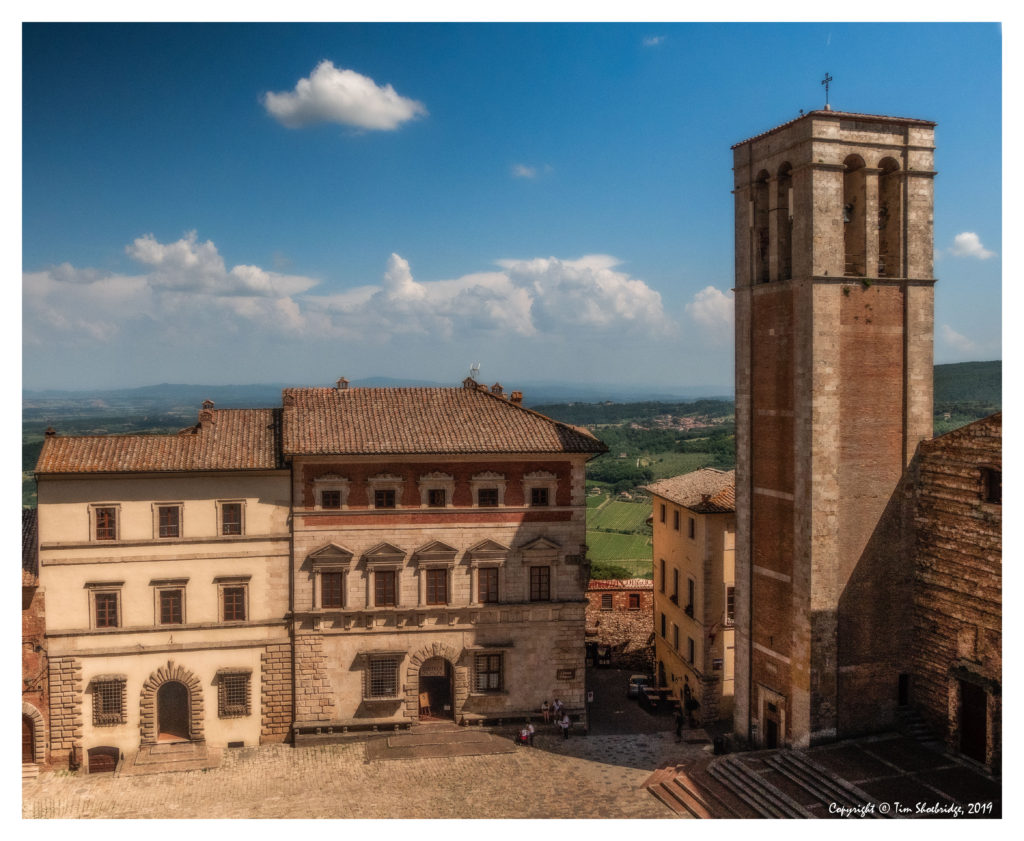
This year I wanted to take something different, to take different gear and have different challenges and opportunities. Most of all I wanted to make an effort to shoot more video. My best video camera is the Panasonic GH5 and I was determined to take it with me this time on my trip and shoot the best quality video that I could. Given that it has an MFT lens mount, I figured that it might be a good idea to also take my Olympus E-M1 ii so that I could share lenses between cameras and use the E-M1 ii for stills.

To be honest I am not a fan of MFT cameras for some stills applications, they may be small and convenient for street photography and travel in general but not so much for “higher-end” applications such as landscapes, architecture and professional portraiture. There is almost always some noise evident in the files and you can not recover highlights to the same degree that is possible with a bigger sensor. But I have to say that the E-M1 ii’s low ISO mode (64 ISO) is very nice and remarkably noise free, so this was going to be my choice for shooting landscapes in Tuscany and I was going to commit to bringing along a lightweight tripod.
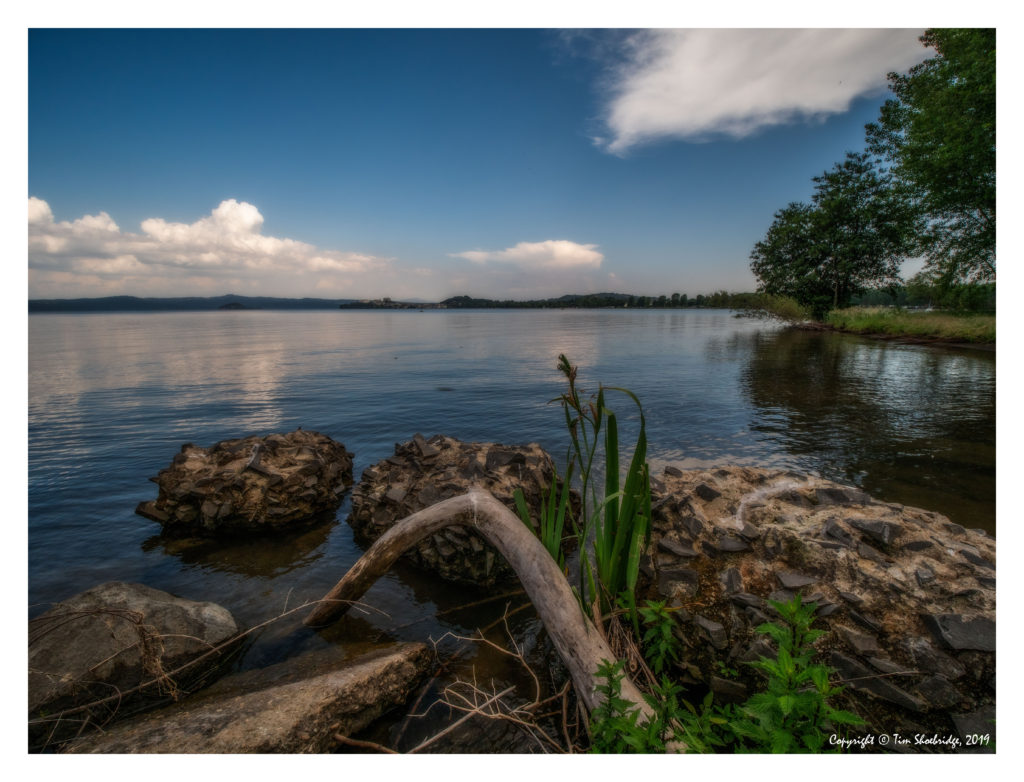
But there is an elephant in the room when it comes to cameras that I own, and that elephant is the Fujifilm GFX 50s. It is the best and most expensive stills camera that I have owned in a very long time, since the heady days of professional medium format digital cameras such as Mamiya, Phase one and the Rollei Hy6. I made a conscious decision many years ago to sell all my medium format digital gear and to switch to full frame mirrorless. I never regretted the switch for 99% of what I shoot, but the lure of the GFX 50s was something I could not resist when it launched a couple of years ago at such an outrageously low price point (well, for MF digital at least).
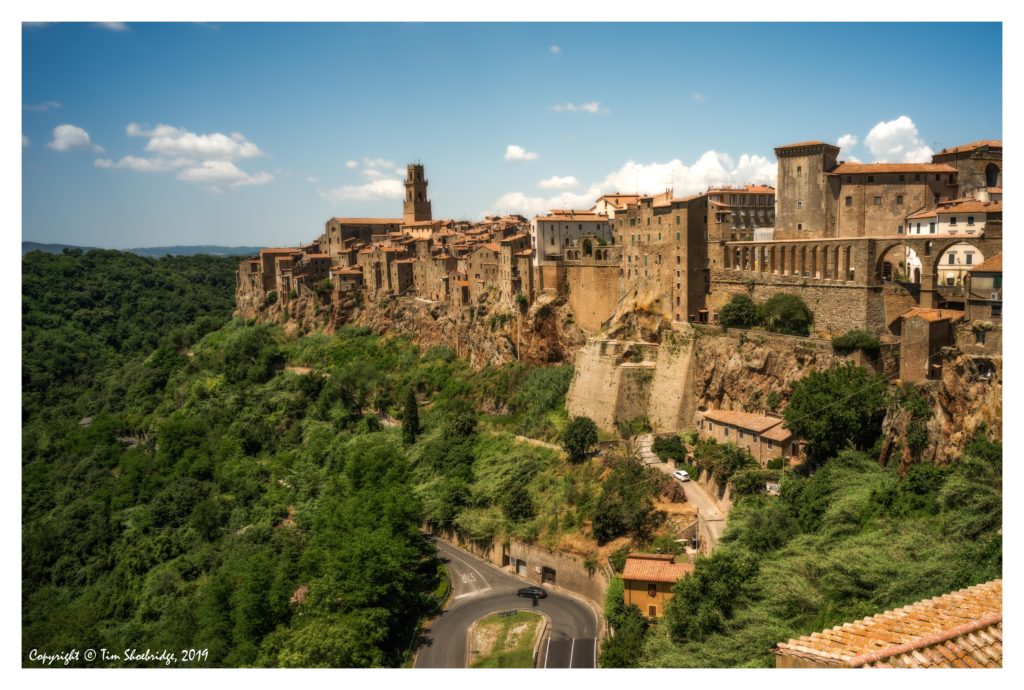
But how often do I use the GFX 50s in reality? Not that much. And I never take it with me when I travel because it is large and bulky, it requires a decent sized tripod, and if I am going to use it to its full extent then I want to also bring my Cambo Actus view camera accessory and associated lenses.
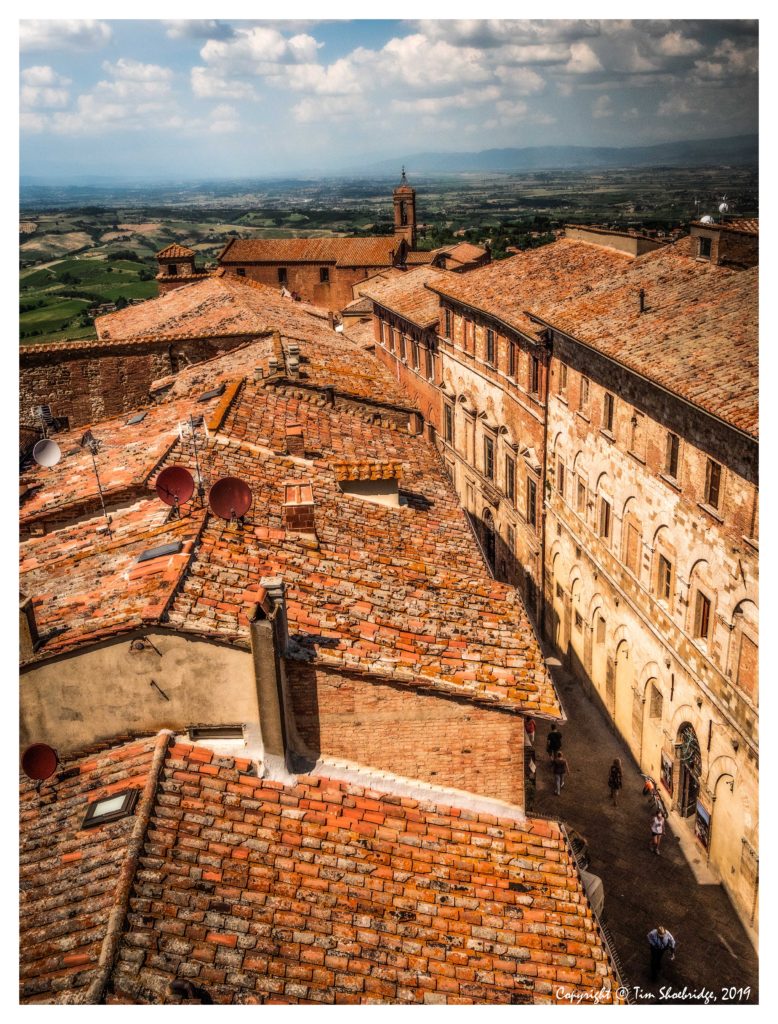
The realisation came to me as I was packing for this Summer’s trip to Tuscany that I really should sell the GFX 50s, it is simply not getting the use it deserves, I am always choosing other cameras over it. So it was with a twang of guilt that I decided to take the GFX 50s with me to Tuscany, this would be a “sh*t or bust” moment, either I would enjoy shooting with it on my trip and I would take great photos with it or else I would finally decide that the time has come to sell it.
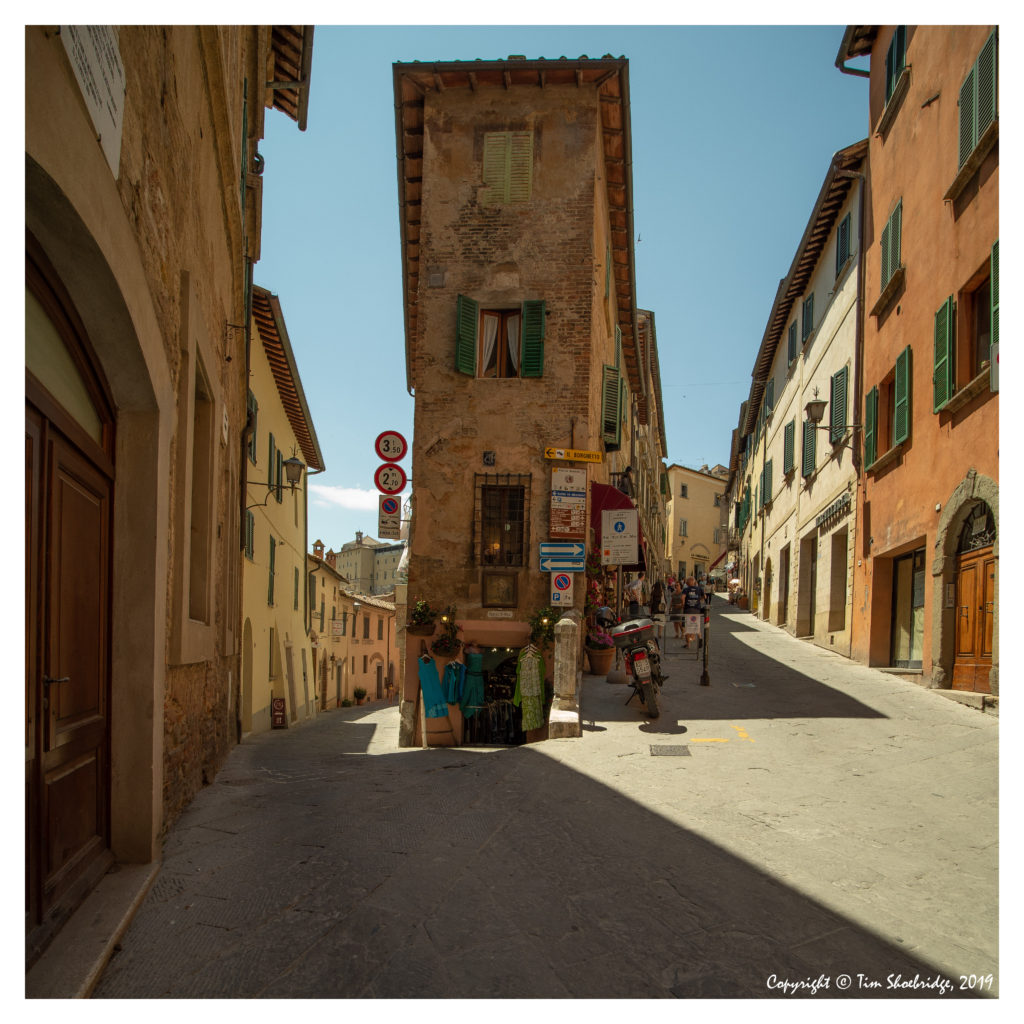
So what happened? I took a bigger backpack, I took a heavier tripod, I still took my GH5 since I definitely wanted to shoot video and the GFX 50s is really only an entry-level video camera. I took the GFX 50s but I also took the E-M1 ii as well because it is small, compact, and utilises the lenses I had already packed for the GH5.
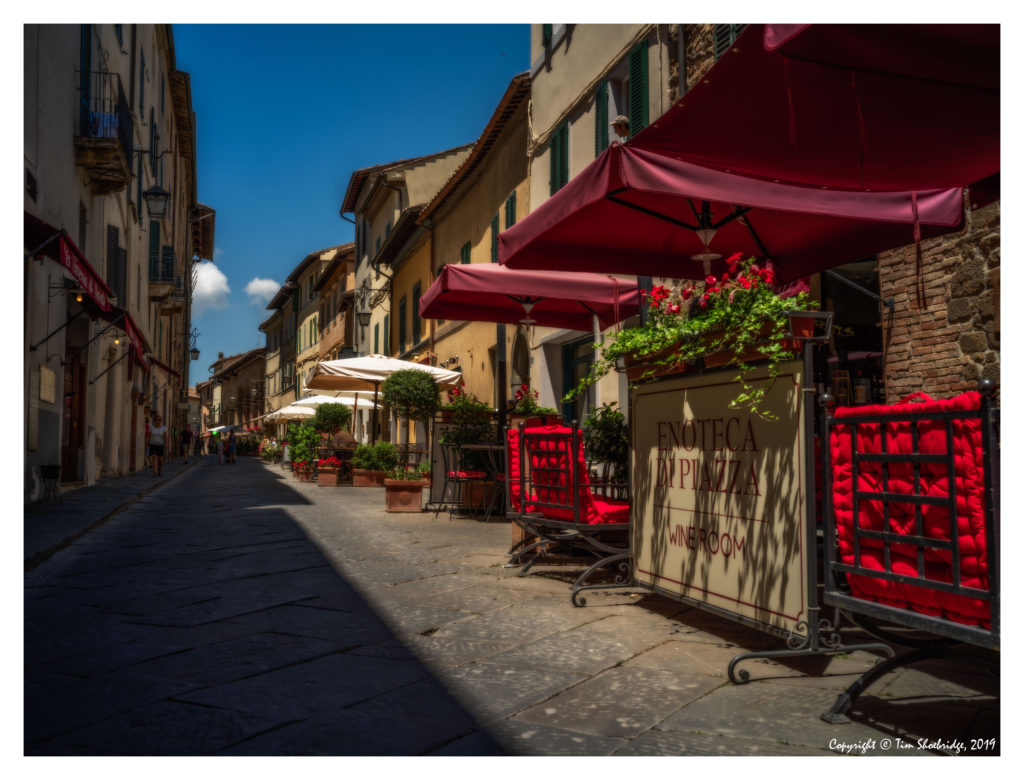
So three rather different cameras came with me to Tuscany this year and I will say for sure that I really enjoyed shooting with the GFX 50s, I realised that it isn’t so bulky in reality, especially paired with my Hasselblad XPAN lenses (30mm, 45mm and 90mm) which are very small and lightweight.
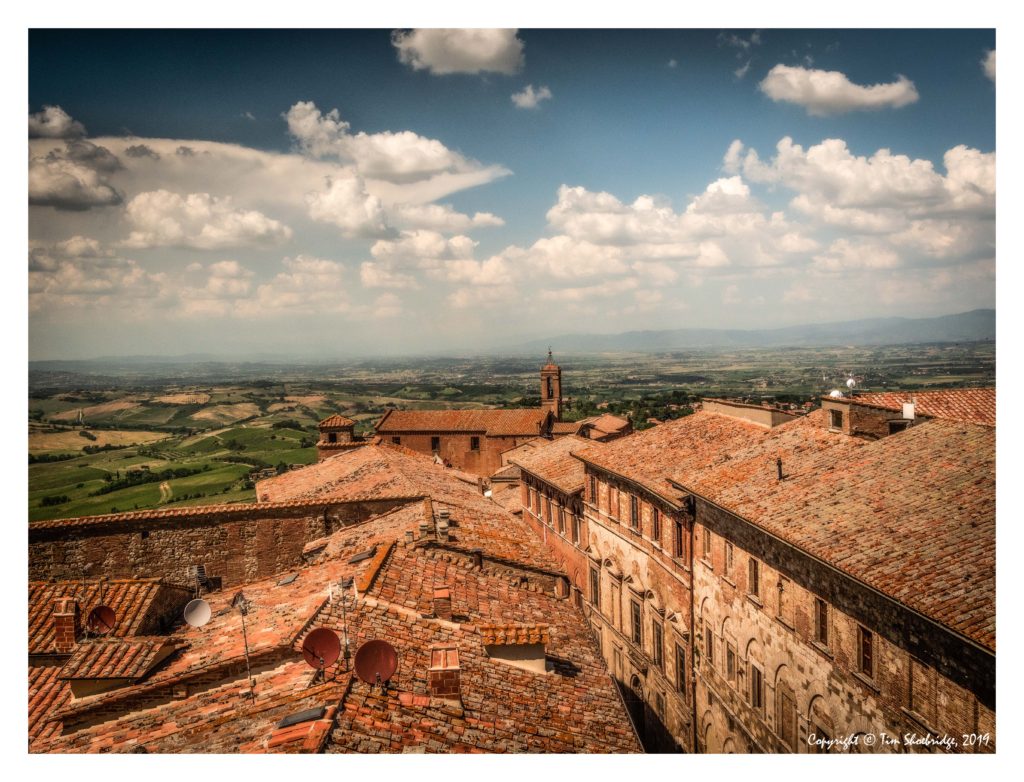
Now I am back from Tuscany and looking at statistics in Lightroom, I can see that I took over 600 stills with those three cameras over a five day period. 270 images were shot with the E-M1 ii, 180 with the GH5 and the remainder (approx 170) were shot with the GFX 50s. The first thing that surprised me were the number of stills that I took with the GH5! But this for me is the issue with taking multiple cameras meant for multiple purposes. I chose not to take all three cameras out with me every day when exploring the landscape and ancient walled towns, I either took the GFX 50s on its own or I took the GH5 plus E-M1 ii. But the problem I found was that I would see a beautiful scene in front of me, I’d shoot some video with the GH5, but then when it came to shooting stills it was far easier for me to keep the GH5 in my hands as opposed to juggling cameras and trying to switch lenses.
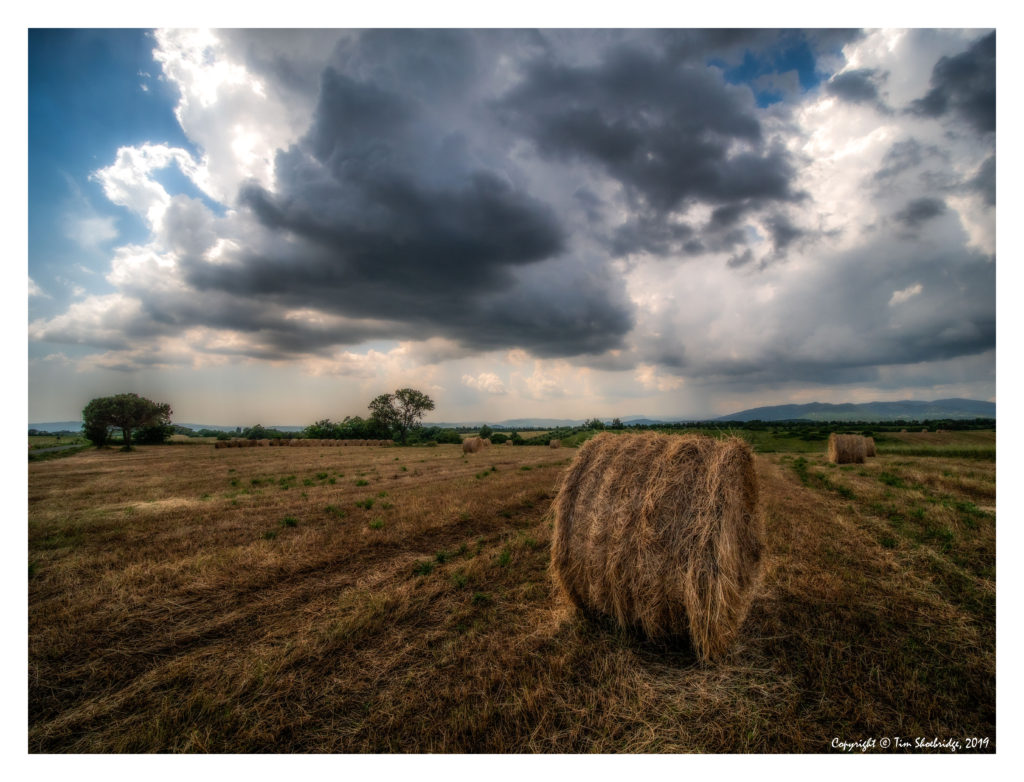
But in the end the statistics on images shot per camera are not important, it is the results that are important. Having spent some time curating all the images, making shortlists, performing processing and then further shortlists, I have come down to just 18 images for making prints from. Out of those 18, 8 were shot on the GH5, 4 on the E-M1 ii and 6 on the GFX 50s. Obviously, due to the pixel count, I can not print the MFT camera images as large as i can the 6 from the GFX 50s.
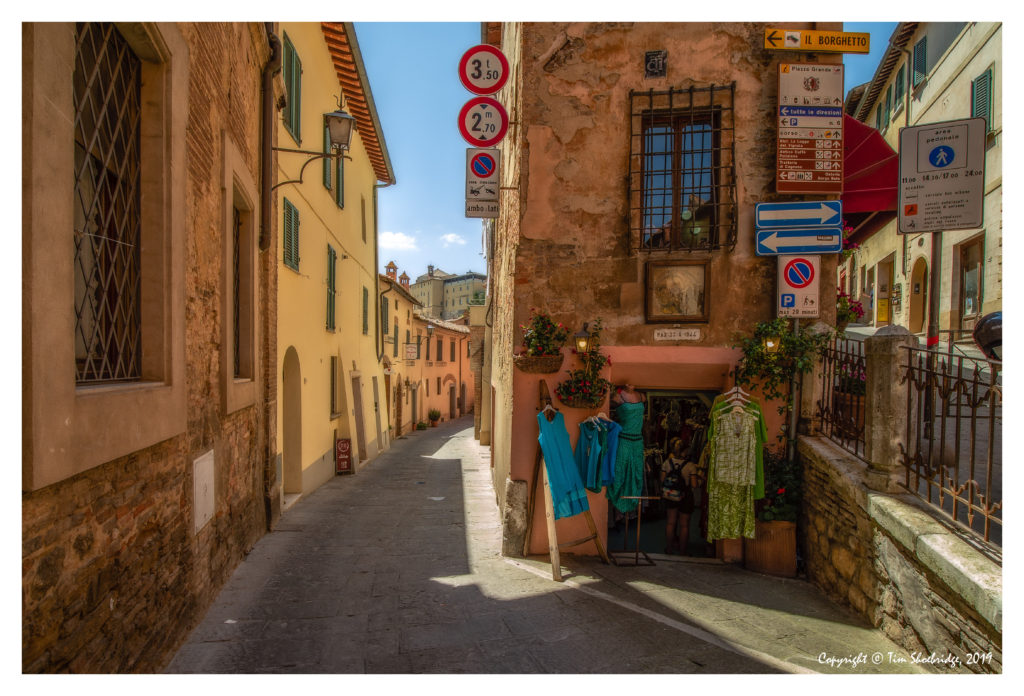
So what if any conclusions can I draw from this trip to Tuscany?
Well first, and very obviously, it is the camera in your hands that you shoot images with! I made a conscious decision to shoot more video so that meant the GH5 was in my hands a lot of the time. When I was planning my trip my assumption was that the number of stills I would shoot with the GH5 would be zero but that was a very naive assumption.
Second, and very obviously again, it is not the camera’s amazing IQ and resolution that makes an image worthy of printing, it is the subject in front of you at that precise moment, the lighting at that precise moment, it is the opportunity you had to compose and to press the shutter at that moment. Lightweight MFT cameras give you those opportunities more often than heavier bulkier cameras like the GFX 50s.
Third, shooting both stills and video really does require the use of a hybrid camera if you have one. My choice last year to take the Fuji X-H1 was the right choice. Taking multiple cameras to fulfill my stills and video needs does not work very well, you end up with the wrong camera in your hands at the wrong moment!
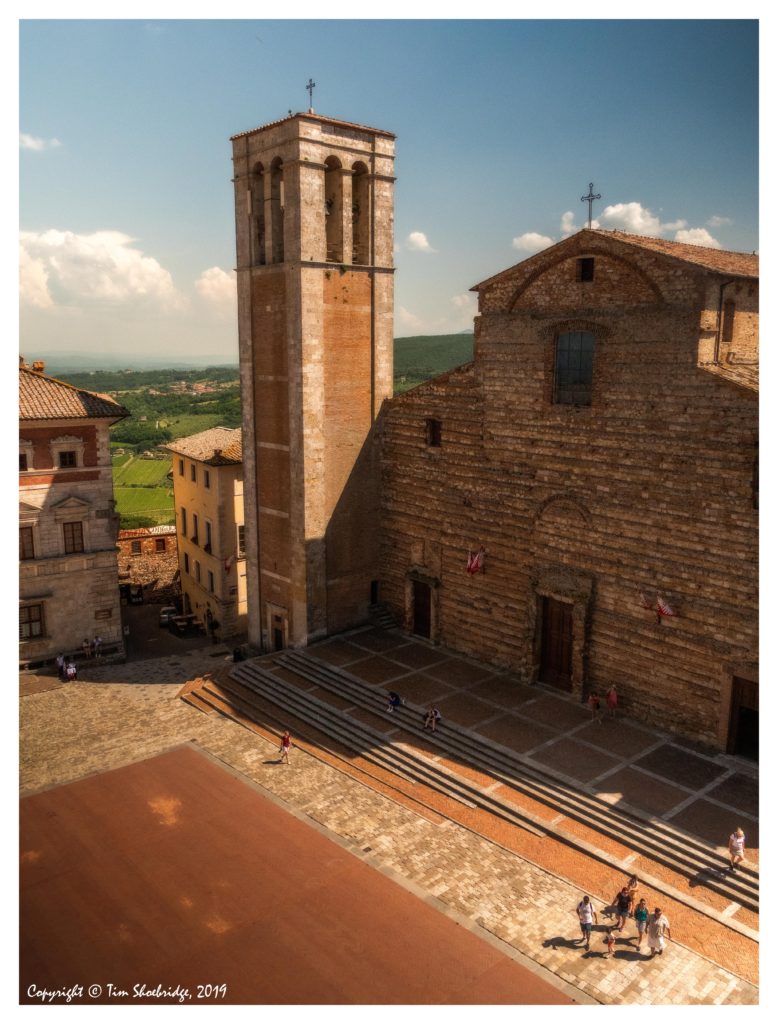
And what of the GFX 50s? Well to be honest I did not give it a really good chance on this trip. If I was really serious about shooting with it then I would have left the other cameras at home and concentrated 100% on taking stills. That said, I really enjoyed shooting with the GFX 50s, I would not be scared to take it with me on another trip. One observation I will make is that my photography with the GFX 50s was slower and more deliberate than shooting with an MFT camera, I shot a lot with the tripod, I took my time. So I am surprised I did not have more GFX 50s images in my ultimate “to print” shortlist. I guess that comes down to the “opportunity” point I was trying to make above.
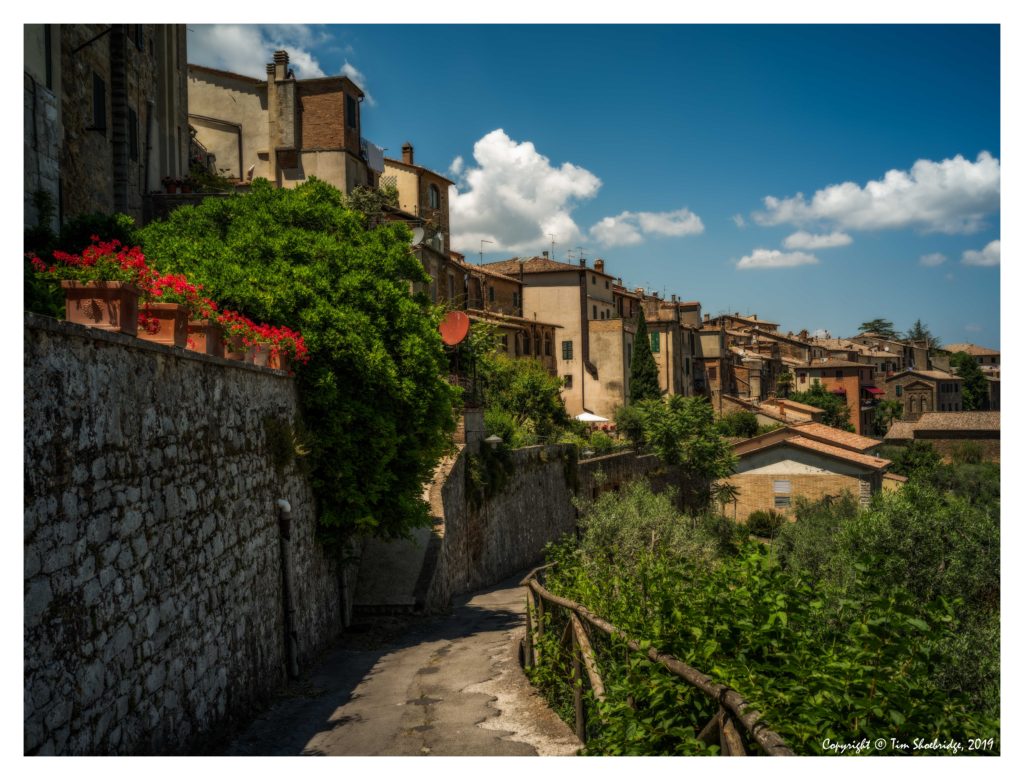
The biggest question of all is, given that the majority of images I took were with other cameras, and that I only have 6 shortlisted images from the GFX 50s after 5 days of shooting, then should I now sell the GFX 50s, recoup some money and move on? That’s still a very tricky decision to be made. I have considered it, but the used price of these cameras is almost down to rock bottom, I saw one on eBay sell recently for just £2,750. That’s basically half the price I paid for mine new. That fact alone really grieves me and puts me off selling now…
